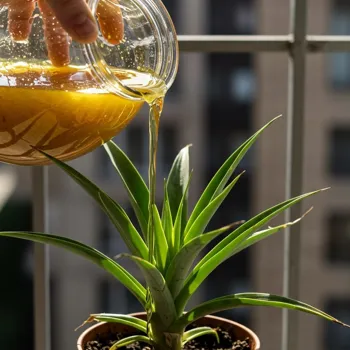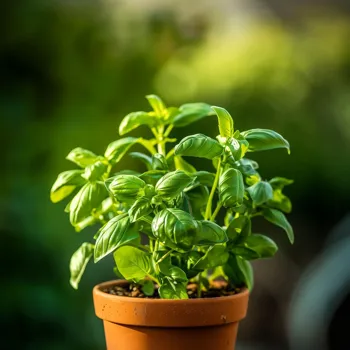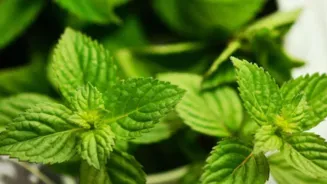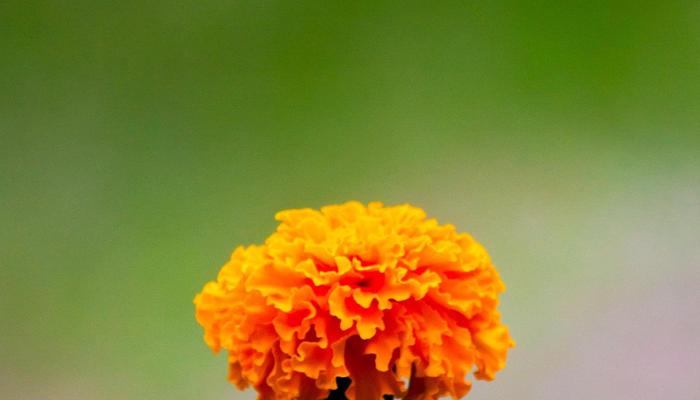Discover the joy of urban gardening with these 7 easy plants for beginners! Read on to nurture your green thumb now
In the hustle and bustle of our Indian cities, finding a connection with nature can feel
like a distant dream. But what if I told you that bringing a slice of green into your home is easier than you think?
Urban gardening is not just a trend; it's a therapeutic hobby that can liven up your space, purify the air, and even provide you with fresh herbs and vegetables. Don't worry if you're a complete newbie!
This guide will introduce you to seven easy-to-grow plants that are perfect for beginners in the Indian climate. Get ready to unleash your inner "mali"!
Money plant: easy care, lucky charm, good for air, propagate easily
No introduction is needed for this champ! The money plant is practically synonymous with Indian households. It's ridiculously easy to care for and thrives in various conditions. Whether you place it in bright indirect sunlight or a shady corner, it will happily grow. You can even grow it in water!
Just snip off a stem with a node (the little bump where leaves grow) and place it in a glass of water. Change the water every few days, and roots will start to appear in no time. Once the roots are a few inches long, you can pot it in soil or continue growing it in water.
Money plants are believed to bring good luck and prosperity, making them a popular choice for homes and offices alike. Plus, they're excellent air purifiers, removing common toxins from your indoor environment.
Remember to keep the soil moist but not soggy, and avoid direct sunlight, which can scorch the leaves. Propagating new plants is super simple, just cut a part of the stem and put it directly in water!.
Snake plant: low-maintenance, air purifier, modern elegance, prefers neglect
Also known as "Mother-in-Law's Tongue" (don't worry, it's not as scary as the name suggests!), the snake plant is another low-maintenance superstar. This hardy plant can tolerate neglect and thrives on infrequent watering. In fact, overwatering is its biggest enemy!
Snake plants prefer bright, indirect sunlight, but they can also tolerate low light conditions. They are also fantastic air purifiers, converting carbon dioxide into oxygen at night, making them ideal for bedrooms.
They come in various varieties, with different leaf patterns and sizes, offering you a range of options to choose from. The erect, sword-like leaves add a touch of modern elegance to any space. Just remember to let the soil dry out completely between waterings to prevent root rot.
These plants can tolerate a good amount of negligence. The soil can dry out completely before you even consider watering again.
Grow vibrant marigolds for pest-resistant blooms in full sun
Bring a splash of sunshine to your garden with marigolds! These vibrant flowers are easy to grow from seeds and bloom profusely throughout the year, especially during the cooler months. Marigolds are relatively pest-resistant, making them a hassle-free addition to your garden.
They prefer full sun and well-drained soil. Deadheading (removing the spent flowers) will encourage more blooms. Marigolds also have a practical use: they deter certain pests from attacking other plants in your garden!
They come in various shades of yellow, orange, and red, adding a cheerful touch to any space. Plant them in pots, window boxes, or directly in your garden bed for a burst of color. Marigolds also require good watering for them to ensure that their flowers always bloom.
Aloe vera: medicinal plant with soothing gel for burns and cuts
A medicinal plant and a succulent rolled into one! Aloe vera is known for its soothing gel, which can be used to treat minor burns, cuts, and skin irritations. These plants thrive in bright, indirect sunlight and well-draining soil.

They don't need frequent watering, as their fleshy leaves store water. Allow the soil to dry out completely between waterings to avoid root rot. Aloe vera plants also help purify the air, removing toxins like formaldehyde and benzene.
They are relatively pest-resistant, making them a low-maintenance choice for beginners. Just snip off a leaf when you need the gel, and the plant will continue to grow. If you plan on using it for injuries, its best to use with parents consulting.
Growing mint at home is easy, control its invasive nature
Fresh mint leaves are a staple in Indian cuisine, adding a refreshing flavor to chutneys, beverages, and curries. Growing your own mint is surprisingly easy! Mint thrives in moist soil and partial shade.
It can be grown in pots or directly in the ground, but be warned: it can be quite invasive, spreading rapidly. To control its growth, it's best to grow it in a confined space, such as a pot. Mint is a relatively pest-resistant plant and requires minimal care.
Regular pruning will encourage bushier growth and prevent it from becoming leggy. Simply pinch off the top leaves to promote side shoots. You can even propagate new mint plants by taking stem cuttings and placing them in water until roots develop. Nothing beats the freshness of homegrown mint!
Another popular herb in Indian cooking, basil adds a distinctive flavor to various dishes, from pasta sauces to salads. Basil prefers full sun and well-drained soil. Water it regularly, especially during hot weather, but avoid overwatering. Pinch off the flower spikes to encourage leaf production. Basil is relatively easy to grow from seeds or seedlings. It can be grown in pots, window boxes, or directly in your garden bed. There are several varieties of basil to choose from, including sweet basil, Thai basil, and lemon basil, each with its unique flavor profile. Growing basil also does produce great flavours to your meals!.
These plants are resilient and forgiving, ideal for those just starting their gardening journey. Remember to research specific care tips for each plant to ensure their well-being. So, grab your gardening tools, get your hands dirty, and embark on this fulfilling journey of urban gardening.

Happy gardening!
AI Generated Content. Glance/InMobi shall have no liability for the content











